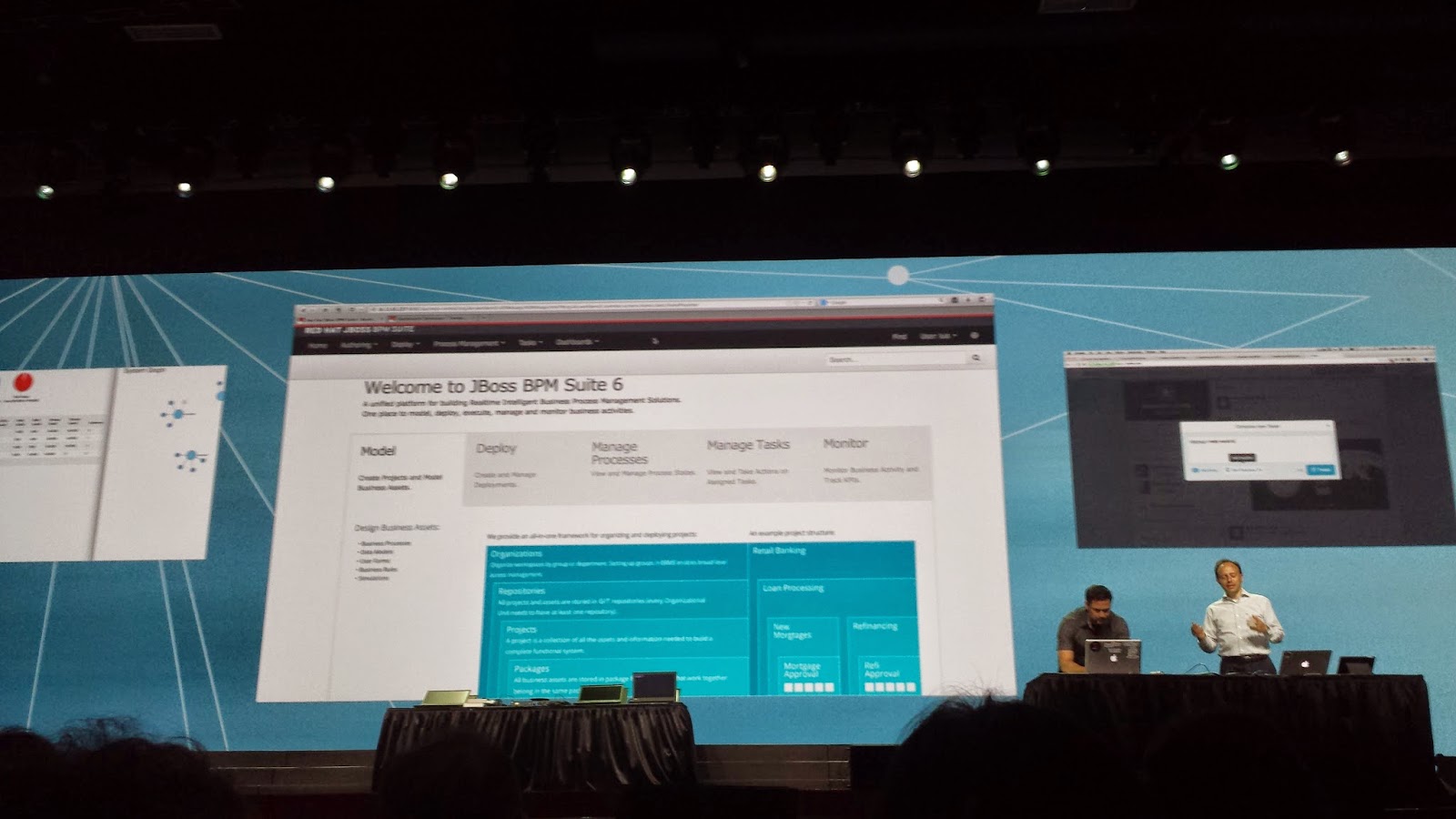Thursday, April 10th, 11:00AM Eastern
Business process design with BPMN2 can be complex, with many feasible
options for implementing a business strategy. How can process designers
evaluate alternative approaches before committing to a costly rollout of
an untried process design?
Recently, there have been great strides in new process simulation
tools, intended to answer this question and help analysts optimize their
process designs before any real data is available to test them against.
The BPSim standard is now emerging to provide a common framework for
defining and exchanging simulation data in conjunction with BPMN2
models.
Join
BPM.com's Nathaniel Palmer with guest
Kris Verlaenen to learn how BPSim compatible tools can help you
understand how business process designs will perform in practice, and
where to look to improve and optimize them.
As part of the presentation we will see a live demonstration of Red
Hat's new process simulation tool, included with JBoss BPM Suite.
Attendees will also receive access to the developer version of BPM
Suite, and the exclusive demonstration models used in the presentation.
Why You Should Attend:
-
Learn How to Use Business Process Simulation for Data-Driven Process Excellence
-
Gain Both Actionable Ideas and a Complete Working BPM Suite with Process Simulation Capabilities
-
Jumpstart Your BPM Programs With Pre-built and Ready-to-Run Simulation Models
Who Should Attend:
-
Business Architects and BPM Practitioners Looking to Get Started with Process Simulation
-
Business Analysts Seeking to Leverage BPM and Simulation for Data-Driven Process Optimization
-
Anyone Looking to Get Started with BPM, BPMN2 Process Modeling, or Process Simulation
 Nathaniel Palmer
Nathaniel Palmer
CTO & VP, Business Process Management, Inc.
A best-selling author, practitioner, and rated as the #1 most
influential thought leader in BPM by independent research, Nathaniel is
co-author of a dozen books on innovation and knowledge work, including
“Intelligent BPM” (FSI 2013), “How Knowledge Workers Get Things Done”
(FSI 2012), “Social BPM” (Future Strategies), “Mastering the
Unpredictable” (MK Press, 2008), “Excellence in Practice (FSI 2007), as
well as the “Encyclopedia of Database Systems” (Springer Reference,
2007) and “The X-Economy” (Texere, 2001). Nathaniel has been the Chief
Architect for projects involving investments of $200 Million or more,
and frequently tops the lists of the most recognized names in his field.
He was the first individual named as Laureate in Workflow.
 Kris Verlaenen
Kris Verlaenen
jBPM Project Lead, Red Hat
Kris is the JBoss jBPM project lead and the lead technical architect
behind the Red Hat JBoss BPM Suite 6. After finishing his Ph.D. in
computer science in 2008, he joined JBoss. In 2010, he became the jBPM
project lead. He also has a keen interest in the healthcare domain, one
of the areas that has shown a great need for a flexible processes and
advanced rule and event-processing integration.










 Nathaniel Palmer
Nathaniel Palmer Kris Verlaenen
Kris Verlaenen